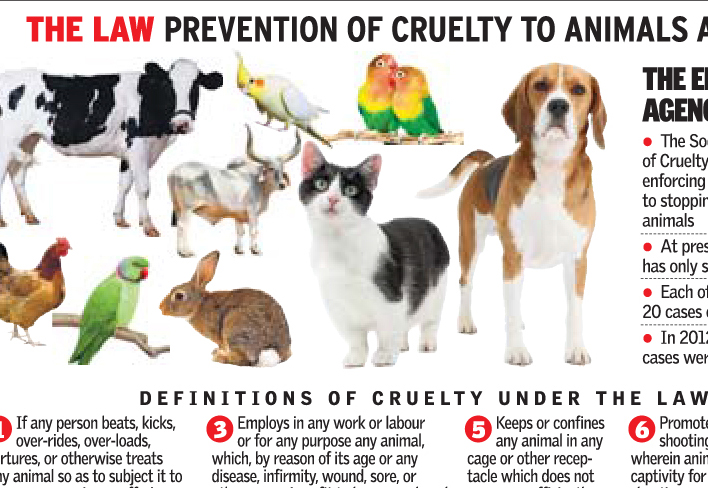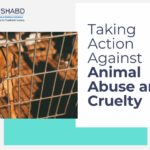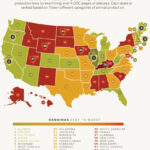Animal cruelty continues to be a pervasive issue, eliciting a myriad of emotions and provoking dialogue among individuals from all walks of life. As society evolves, so too does the collective moral consciousness, which increasingly recognizes the importance of safeguarding the welfare of all living beings. This article seeks to explore the moral awareness surrounding animal cruelty and delve into the question: How many people believe animal cruelty is wrong?
The prevalence of animal cruelty can be attributed to a complex interplay of historical, cultural, and socioeconomic factors. While the 21st century has heralded advancements in human rights and ethics, the plight of animals often remains shrouded in neglect and ignorance. Yet, statistics consistently show that a significant portion of the population condemns acts of cruelty towards animals. Surveys and studies are illuminating a growing ethical imperative that compels individuals to advocate for the voiceless.
According to various polls conducted over the past decade, approximately 80% of people in the United States affirm their disapproval of animal cruelty. This staggering figure reflects a burgeoning moral consensus. But what does it mean to possess an ethical stance against animal mistreatment? It encapsulates an awareness that transcends mere acknowledgment of suffering; it engenders empathy and actions aimed at alleviating the plight of animals.
The moral understanding that underpins these sentiments is complex, evolving from a variety of intellectual and philosophical foundations. The historical context reveals that animal welfare ideologies trace back to philosophical movements rooted in empathy and compassion, notably during the Enlightenment era. Thinkers like Jeremy Bentham and Peter Singer posited that sentient beings, regardless of species, possess intrinsic value deserving of moral consideration. This philosophical groundwork laid the foundation for contemporary attitudes toward animal rights.
In today’s global society, animal welfare organizations play a pivotal role in shaping public opinion. Campaigns designed to raise awareness about the egregious acts of cruelty—ranging from factory farming to illegal dog fighting—serve as an important catalyst for human action. Documentaries with gripping footage, poignant narratives, and compelling statistical data have the ability to arouse both anger and compassion, driving individuals to confront uncomfortable truths. The emotional response to such content can be transformative, prompting a reexamination of one’s beliefs about animal welfare.
Yet, despite the overwhelming majority that opposes cruelty, discrepancies abound in how individuals interpret the nuances of animal rights. There are factions that advocate for varying degrees of welfare, from those who seek to end all forms of animal exploitation to others who support bounded forms of humane treatment. This spectrum of beliefs creates a rich tapestry of discourse, allowing individuals to navigate the complexities of morality with regard to animals. The nuances of these perspectives are integral to fostering a comprehensive understanding of the issue.
Furthermore, educational initiatives that emphasize empathy and the ethical treatment of animals are crucial in shaping future generations’ attitudes. Programs in schools that introduce children to the importance of compassion towards all beings foster a culture of understanding and respect. When young minds are instilled with the value of kindness, the trajectory of animal welfare aligns closely with humane advocacy. This historical and moral framework builds a community that collectively understands and articulates its stance against cruelty.
Moreover, recent trends in consumer behavior highlight a significant shift toward ethical consumption. Many individuals now prioritize animal welfare in their purchasing decisions, opting for cruelty-free products and supporting organizations committed to humane practices. This shift not only reflects changing beliefs but signals a proactive approach to enacting change in society. When consumers demand ethical treatment in industries that impact animals, businesses are compelled to adapt, further escalating the momentum toward a cruelty-free ethos.
Nonetheless, the journey toward universal acceptance of a moral stance against animal cruelty is often mired in challenges. Cultural traditions and socio-economic factors may create barriers that inhibit comprehensive belief in the ethical treatment of animals. Addressing these disparities necessitates an inclusive dialogue that respects diverse worldviews while advocating for shared goals. Understanding and overcoming resistance within specific communities allows for more effective advocacy and outreach.
As discussions surrounding animal rights gain traction, the intersection of technology and social media amplifies voices advocating for animal welfare. Platforms like Instagram and Twitter enable activists to share compelling stories and mobilize global communities. The digital landscape fosters a dynamic space where individuals can connect with others who share similar beliefs and catalyze organized efforts to combat cruelty. As social media proliferates, it remains essential to channel emerging trends toward constructive discourse rather than divisive rhetoric.
The empowering notion that moral awareness surrounding animal cruelty is on the rise is pivotal to fostering a brighter future. The fact that a substantial majority of individuals condemn cruelty opens pathways to advocacy, legislation, and action that were once unfathomable. By cultivating understanding and empathy, society can continue to dismantle the ingrained attitudes that perpetuate suffering. The conversation surrounding animal welfare will inevitably evolve, influenced by cultural shifts and new ideologies. Promises of a transformative future lie in the collective commitment to ensure that no being suffers in silence.
In conclusion, while a significant number of people believe that animal cruelty is fundamentally wrong, it is imperative to recognize the extraordinary complexities that shape these sentiments. The drive to enhance moral awareness continues to evolve, suggesting that as more people awaken to the plight of animals, a unified front against cruelty may soon materialize. In a world increasingly characterized by compassion, every voice contributes to the burgeoning movement advocating for the ethical treatment of our fellow sentient beings.








